Did you know that making with our hands can help to decrease stress, relieve anxiety and improve our mental health? Exploring the qualities of materials with our hands can be a lovely way to focus on our senses and be present in the moment. The repetitive actions often required when building or making in 3D can also be really meditative and work to calm our minds.
In this blog post, we have shared some resources created by our Room for Art artists that will encourage you to be playful as you explore the possibilities and limitations of your chosen material. If you’d like, you could use your final creations as interesting subjects for drawing, painting or collage. They will make a great opportunity to improve observation skills too!
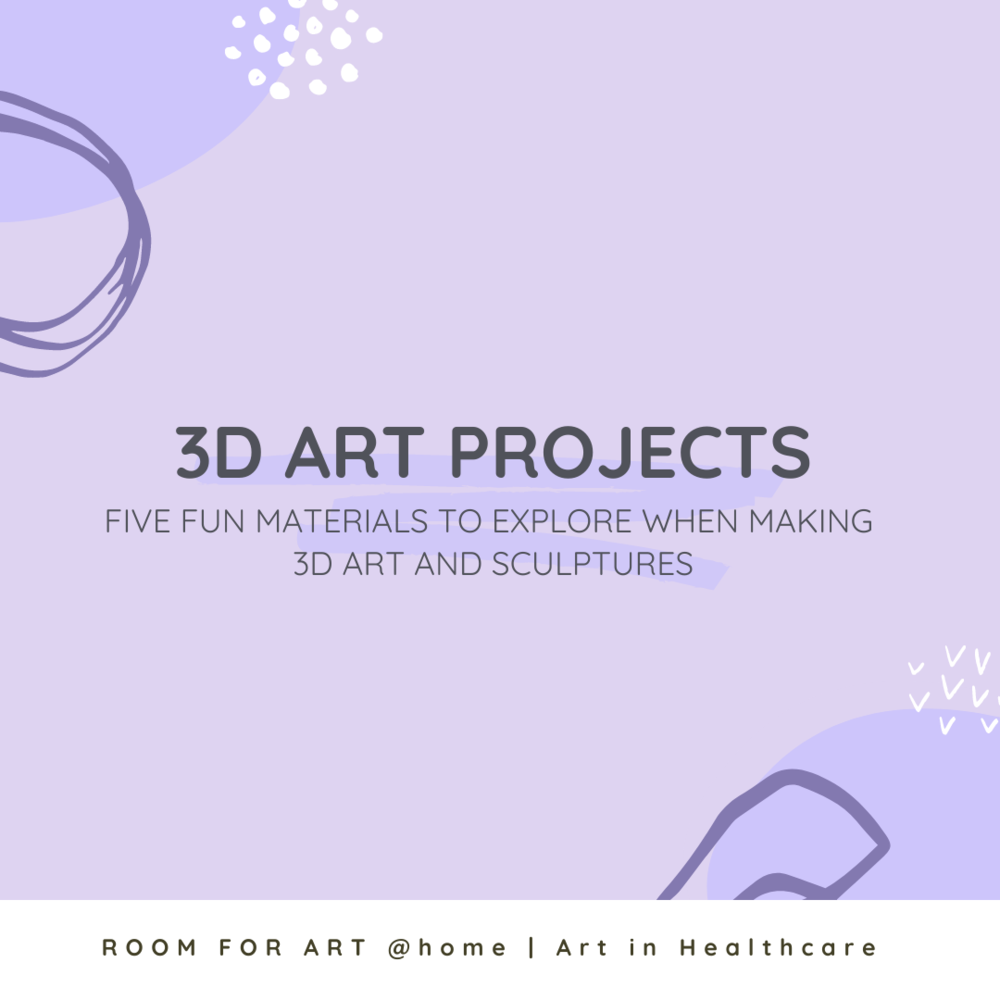
Cardboard
Working with materials we already have at home is more sustainable, cost-efficient and encourages us to be less precious about what we create. Cardboard is a brilliant everyday material to use for 3D art projects as it is easily accessible, surprisingly sturdy and has so many creative possibilities!
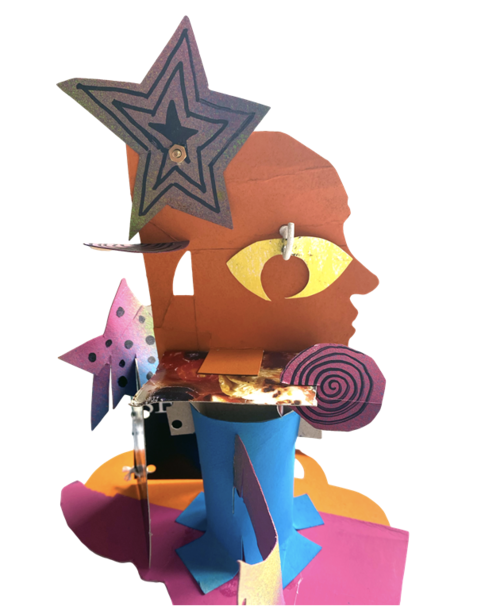
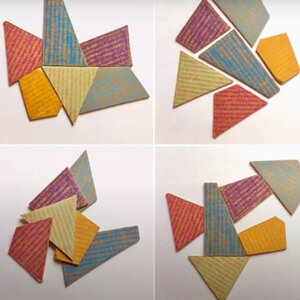
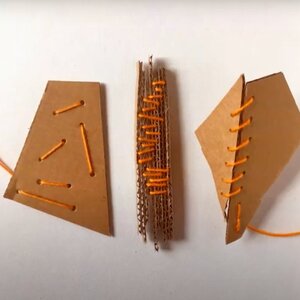
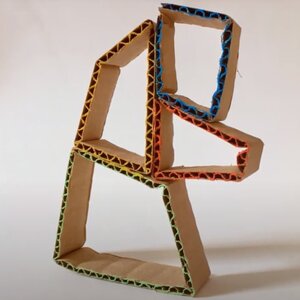
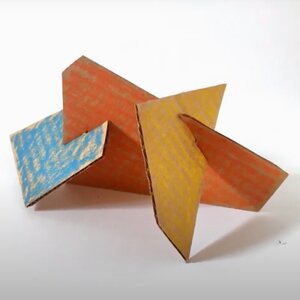
From slots and tabs to knots, stitching and even bolts(!) there are a number of different ways we can build sculptures using cardboard. You can also explore the corrugation of the cardboard by peeling back the top layer to reveal the ridges. You might even like to add colour using pastels to highlight these even more.
Paper
Paper is another great material to use for 3D work and can easily be used to create stunning sculptures. It can be used to build structures and forms using paper strips and shapes and we recommend exploring its possibilities through tearing, looping, folding, cutting, arching, scrunching, spiralling, scoring and sticking.
To begin, it might be a good idea to start simple. Explore how many ways you can fold or cut paper and make lots of examples to remind you of these techniques. Then, when you find a technique you like, repeat it. Don’t just fold once, fold many times! Or instead of cutting once, slice all the way along! Making multiples and arranging them together can also be a really striking way to make simple artworks that look extremely complicated.
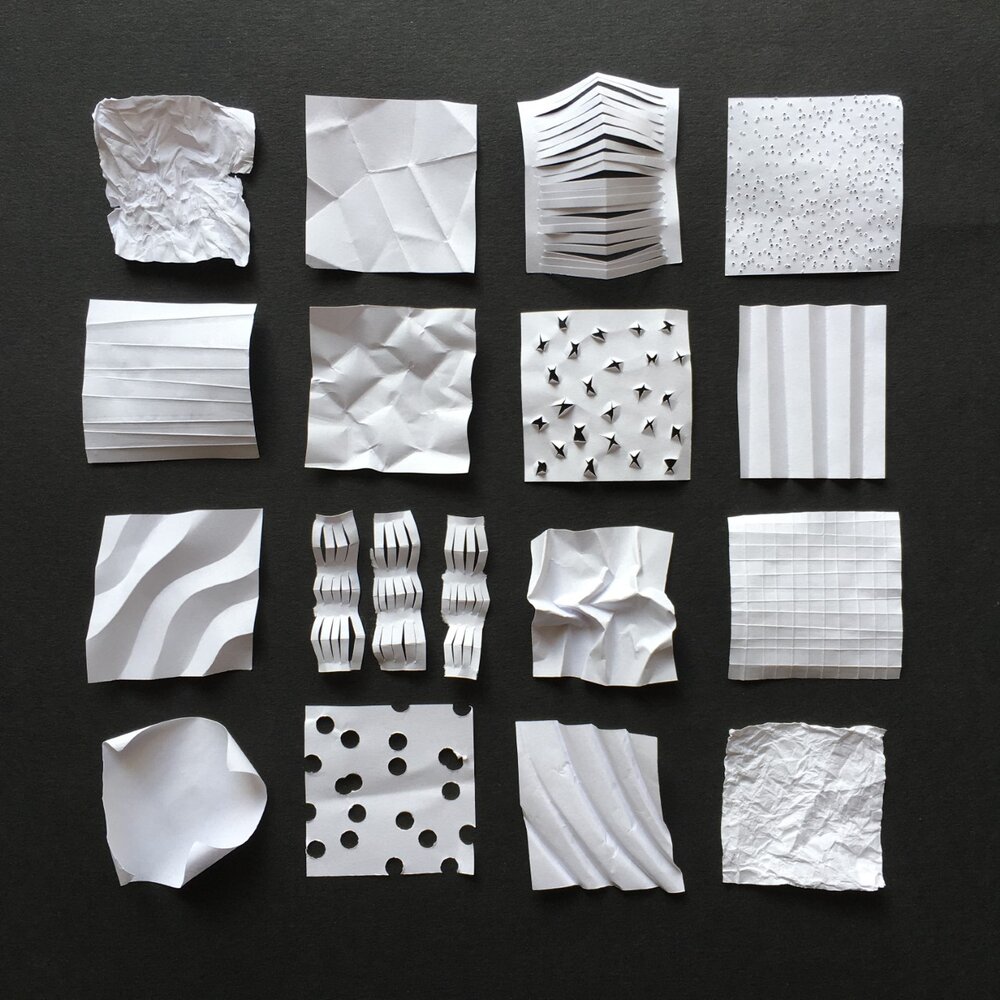
Don’t be afraid to really experiment too. You could wet the paper, rip it, twist it, layer it, slice it, do anything you can think of! Explore different thicknesses of paper to see how differently they react to your techniques: thicker paper might hold more structure but could be hard to fold without scoring, whereas thin paper can take more folds but may not stand up on its own. You might also try affecting your paper before you start folding. You could flick paint all over it, or print it, or draw on it first. This will make your paper unique before you even start.
Found Objects
Household objects can also make great art materials for creating temporary 3D arrangements and patterns on a flat surface. Have a hunt for objects with interesting shapes, good textures, different sizes, colours you like and things that you have multiple of. A mix of man-made and natural items can make for nice contrasts too.
Anything can be used to make a piece of art so be creative and try not to worry about hiding your ‘fixtures’ – your tape, blu-tac, glue or string can become part of your finished artwork!

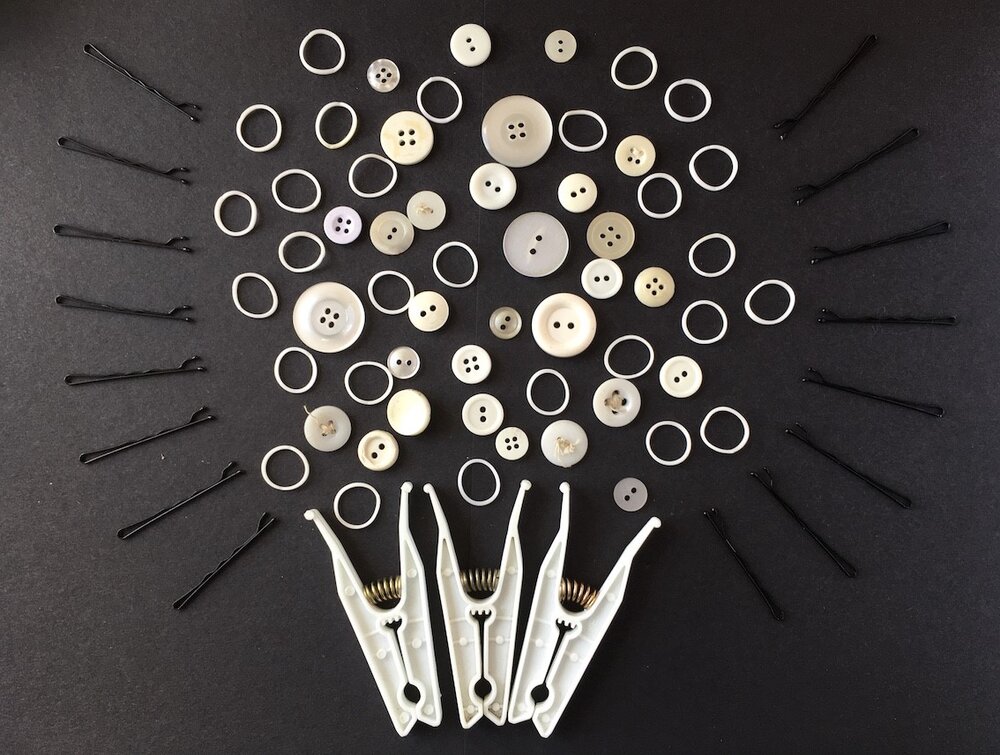
Wool Roving
In a previous blog post, Wet Felting Basics, Sally shared a lovely technique to make your own unique fabrics from raw wool. This technique can also be used to felt around a 3D object to make these mini 3D felted bowls! Super cute and really easy to make!
Air-Dry Clay
Air-dry clay is such a versatile material that is great for sculpting, decorating and experimenting. It can be used to make a wide range of interesting 3D artworks! Here, artist James Chincharo demonstrates the essentials for you to achieve a succulent plant relief sculpture.
You can also find some of James’ useful tips and techniques for using air-dry clay here, as well as a recipe to make your own.
Let us know what you make in the comments below!
12 January 2023 by
Art in Healthcare
